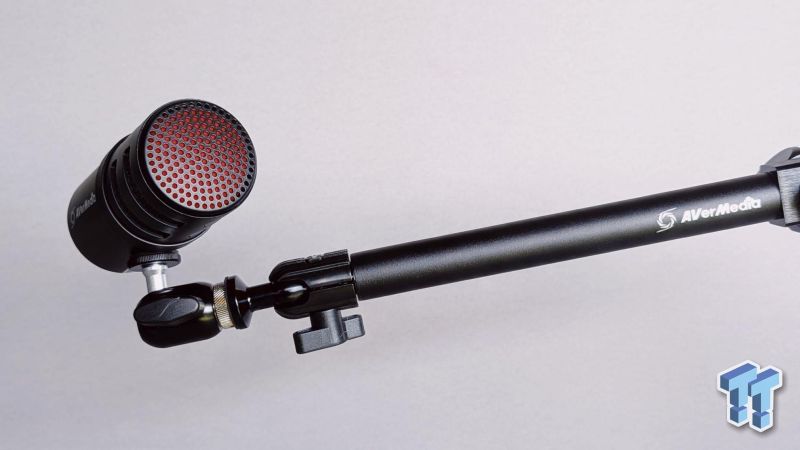 Alongside today’s launch of the $229 GTX 660, NVIDIA will also be introducing the GTX 650, a mainstream product priced at just $109.
Alongside today’s launch of the $229 GTX 660, NVIDIA will also be introducing the GTX 650, a mainstream product priced at just $109.
The GTX 650 is a relatively straightforward card which is designed around NVIDIA’s GK107 core and is meant to compete against AMD’s HD 7750 in the entry level market. At this point, it almost completes the process of filtering the Kepler architecture down into the lower rungs of NVIDIA’s current lineup. More importantly, it replaces the GT 440 (which was growing quite long in the tooth) while slotting into a position directly below the GTX 550 Ti by slightly outperforming the older GTS 450. This is literally a wide open price point for NVIDIA so they have ample room for maneuvering.

At the GTX 650’s heart lies the GK107 core, which is equipped with two SMX engines and a pair of 64-bit memory controllers. This results in an extremely small, inexpensive, efficient and compact 28nm core that weighs in at just 118mm² and 1.3 billion transistors.

With 384 cores, 16 ROPs and 32 texture units, the GT 650 has exactly the same specifications as its close cousin, the GT 640. At first glance the and 1GB to 2GB of GDDR5 memory available on this card seems to be a differentiating factor but add a bit of confusion to the melting pot, the OEM market currently has a GT 640 equipped with GDDR5. However, the main differentiating factor between these two GK107-based products is clock speeds with the GTX 650 coming in at 1058MHz / 5Gbps.
Despite sporting a power consumption of only 64W NVIDIA’s new entry level product still maintains the need for an auxiliary PCI-E power connector. In addition, many of the board partners will be using dual slot heatsinks to ensure the core stays within nominal operating temperatures.
Oddly enough NVIDIA decided to forego a full sized HDMI connector on the GTX 650, instead using a mini-HDMI port which requires an adaptor for full functionality in most cases. For a card that’s a prime candidate for HTPC use, we were hoping for the necessary connectors straight out of the box. Hopefully the board partners will step up to the plate and include either a full sized HDMI or include an adaptor with their cards.

MSI’s GTX 650 Power Edition OC will be one of the many cards available at or near the launch date. It provides higher clock speeds, upgraded PWM components and a unique “trans-thermal” heatsink design that allows for a secondary fan to be added should a gamer decide to forego silence for additional cooling performance. Expect this card to be available for a few dollars more than the reference version.
Unfortunately, NVIDIA didn’t grant reviewers access to compatible drivers for this card, instead ensuring their focus was solely upon the GTX 660. Nor did they allow board partners (who already had the boards on-hand) to send them to reviewers until the last possible second before launch. This is an odd situation since searching out independent tests is a cornerstone of graphics card shopping. Hardware Canucks certainly doesn’t support this decision of limiting the amount of potential information provided to our readers.
As such, the review on Hardware Canucks will be delayed but to whet your appetite, some NVIDIA-provided performance comparisons are included below.





